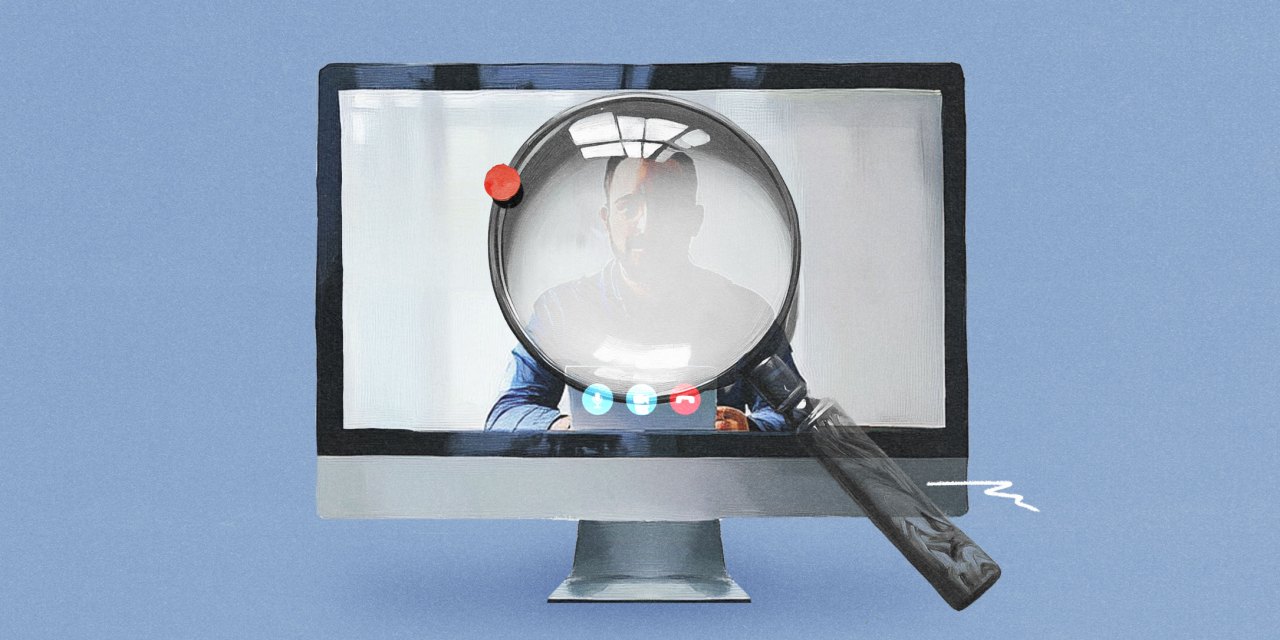The productivity paradox: When workplace surveillance backfires

In the post-pandemic workplace, a new battle is brewing over trust. As companies implement RTO mandates, many are deploying an arsenal of monitoring tools to keep tabs on employees. But this heightened surveillance may be creating more problems than it solves.
Beyond accessing Slack messages and browser searches, employees now face what some call “helicopter managers,” supervisors who hover closely over daily tasks and scrutinize how company time is utilized. That trend has accelerated with the tactics of the Elon Musk-led DOGE taskforce — aimed at cracking down on waste in the federal workforce — creating ripple effects across workplace culture.
According to 8th annual “State of Hybrid Work” report from Owl Labs, which develops AI-based conferencing services, 46% of 2,000 U.S. workers surveyed reported their companies added or increased employee productivity or activity monitoring software within the past year. The same percentage listed workplace monitoring as a top concern. Most tellingly perhaps, 86% of workers believe employers should be legally required to disclose their use of monitoring tools.
This surveillance surge has sparked a countermovement dubbed “task masking,” a phenomenon where employees returning to offices deliberately create the appearance of productivity whether it reflects their actual output. The practice has gained significant traction on social platforms like TikTok, where workers share strategies for appearing busy while maintaining personal autonomy.
“As many companies double down on return-to-office mandates and increase employee surveillance, they’re overlooking a critical reality: flexibility, autonomy and trust are now the biggest drivers of employee productivity and retention — not physical presence,” said Doug Dennerline, CEO of Betterworks, which provides performance management solutions.
Organizations implementing monitoring systems face a fundamental challenge: balancing legitimate business interests with employee trust. The approach to implementation makes all the difference.
“Transparent communication is essential,” explains Adam Lang, customer advisory services director at Netradyne, an AI-powered fleet safety and management company. “Clearly communicate the purpose and benefits of monitoring systems. Emphasize that the technology is intended to support professional growth, enhance productivity and ensure safety, rather than simply monitor employees.”
Lang recommends several approaches, among them: involving employees in developing monitoring policies through surveys, focus groups or advisory committees; framing feedback positively as part of broader professional development; establishing clear data privacy assurances and feedback channels; and balancing monitoring with employee autonomy.
The irony, of course, is that surveillance can undermine the very productivity it aims to enhance. When employees feel constantly watched, psychological safety diminishes, innovation suffers and turnover increases, according to researchers.
Successful organizations are shifting from surveillance to support models that include:
Transparent objectives. Setting clear performance expectations based on outcomes rather than activity metrics.
Self-correction opportunities. Providing employees with actionable feedback they can address independently before management intervention.
Recognition systems. Celebrating positive behaviors rather than only flagging concerns.
Data boundaries. Clearly defining what information is collected and how it will be used.
As AI-based monitoring expands beyond applications like fleet and warehouse management toward a whole range of professional workplace settings, organizations face critical ethical considerations around privacy, consent, bias and workforce impact. Meanwhile, the most forward-thinking companies are finding that building cultures of trust yields better results than implementing technological surveillance — including regular check-ins, clear expectations and leadership that empowers rather than polices, according to experts.
As Dennerline puts it, “Forcing employees back into the office or tracking their every move sends a clear and damaging message: We don’t trust you. The result? High-performing talent leaves, productivity dips and organizational culture suffers. If the goal is to encourage higher productivity, leaders need to adapt to the realities of the workplace today and trust their employees to get the work done.”


